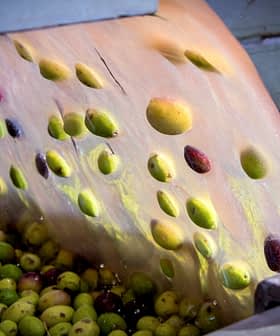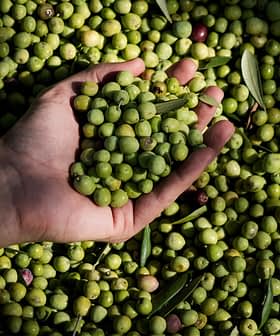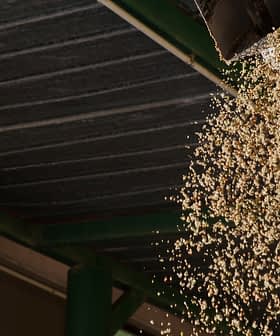Scientists in Spain Identify Olive Genes Resistant to Common Pathogen

Spanish scientists have identified genetic variations in some olive tree varieties that allow them to resist Verticillium wilt, a disease with no cure, potentially leading to the development of new resistant cultivars. The findings suggest that genes like TLP1 and PFN2 could be crucial in creating olive cultivars that can resist the pathogen, as current varieties are vulnerable to the disease and lack resistance.
A team of Spanish scientists have identified genetic variations that allow some olive tree varieties to resist Verticillium wilt, a disease for which there is no cure.
Their findings could pave the way for the introduction of new olive cultivars that are able to resist the fungus that causes the disease while preserving their productive capacity.
The high persistence of this fungus in the soil and the reduced number of resistant (olive tree) varieties make it necessary to develop new varieties that meet the characteristics of response and productivity desirable for the sustainability of the crop.
Frantoio, Changlot Real and Empeltre are among the varieties that display resistance to the disease.
Verticillium wilt causes the deterioration of the vascular system in a tree, with severe consequences such as fruit and leaf drops. Over time, many of the affected trees die as a result of the infection.
Researchers at the Andalusian Institute for Agricultural and Fisheries Research (IFAPA) have found a set of genes that seem to act together as a response to the pathogen.
In their study, which was published in Scientia Horticolturae, researchers analyzed 77 different genotypes from cultivated and wild subspecies of the olive, including Olea europaea, guanchica and cerasiforis.
They found that genes such as TLP1 and PFN2 have shown genetic variations that could be vital to develop future cultivars that are able to resist the pathogen.
As stated in the research paper, they are considered the first markers “associated with Verticillium wilt resistance genes in olives and can contribute to establish a set of valuable markers for the management of germplasm collections and selection process in breeding programs.”
See Also:Researchers Test New Olive Varieties to Improve SustainabilityAlicia Serrano Gómez, one of the authors of the study and researcher at IFAPA, told the Andalusian Desqbre Foundation that the results hint “at the need to give birth to a wide collection of genotypes, from multiple sources and with well-evidenced reactions to the Verticillium wilt, with which to confirm the usefulness of the [observed] genetic variations.”
Those responses might include physical barriers such as lignin, which prevents the fungus from invading the cells of the plant, or bioactive compounds such as phenols that inhibit the growth of the pathogen.
“The problem is that most of the grown cultivars nowadays are very vulnerable to this disease,” Serrano told Olive Oil Times in a January 2020 interview. “And those that are a little more resistant are not interesting from an agronomic point of view.”
No treatment is currently available to prevent the fungi that causes the disease from attacking the roots and the tissues, which are responsible for transporting nutrients throughout the olive tree.
The fungi can easily be found on cultivated lands and are easily spread further by means of irrigation or crop residuals. That is why scientists believe that farmers will have to adapt to the new practices that are being investigated by the researchers.
“The high persistence of this fungus in the soil and the reduced number of resistant [olive tree] varieties make it necessary to develop new varieties that meet the characteristics of replication and productivity desirable for the sustainability of the crop,” Serrano said.









